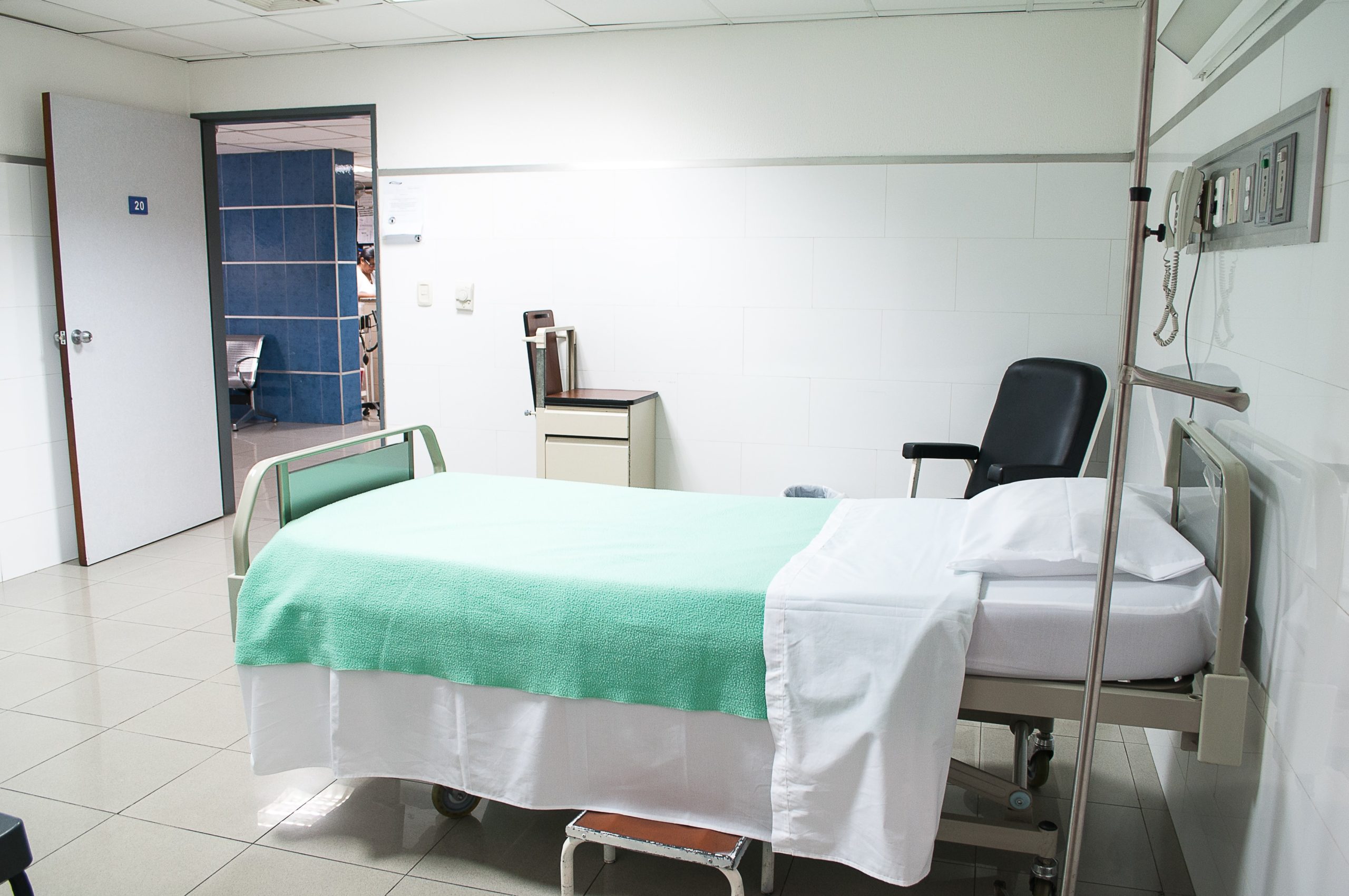As health care costs continue to rise, many facilities are looking for ways to cut corners and save money. However, investing in the quality of care can actually save money in the long run. From reducing the risk of falls to providing better pain management, there are many ways to improve the quality of care in healthcare facilities. Keep reading to learn more about these investments.
Investments in Health Information Systems (HIS)
Healthcare facilities increasingly rely on health information systems (HIS) to improve the quality of care. HIS provide physicians with timely, accurate information that can help reduce errors and improve patient safety. Additionally, HIS can help facilities manage costs and track performance. A HIS includes software and hardware that capture, store, manage, and disseminate patient health information. The goal of a HIS is to provide clinicians with the information they need to make timely and informed decisions about patient care.
One of these information systems is Snowpipe, real-time or continuous data ingestion. Data ingestion helps healthcare facilities sort through all of their data, like patient data, medical records, insurance records, and more. HIS can also help healthcare facilities manage costs by optimizing the use of resources. For example, HIS can help identify high-risk hospital readmission patients. This information can help clinicians develop care plans that reduce the risk of readmission and improve patient outcomes, which are also two reasons to get pals certified.
Investments in Bedside Technology
Technology investments in healthcare facilities can potentially improve the quality of care while reducing costs. In bedside technology, for example, nurses can use barcode scanners to identify patients and track their treatments and medications. This helps ensure that each patient receives the correct medication at the correct time and dosage. Nurses can also enter patient data directly into computers at the bedside, which allows doctors to review information about a patient’s treatment plan and progress without having to leave their office.
Other bedside technologies include beds that automatically adjust to support a patient’s pressure points and body weight and beds that convert into chairs or stretchers so patients can be easily transferred between rooms. These beds help reduce the risk of falls and other injuries among patients. In addition, many hospitals are now using robots to deliver supplies and medications to patients’ bedsides. The robots travel through hospital corridors autonomously, providing items such as food trays, linens, medical supplies, and medications. This reduces the number of time nurses spend walking back and forth between supply rooms and patient rooms.
While there is no doubt that bedside technology has benefits for both patients and healthcare providers, some critics argue that these technologies can actually increase complexity rather than simplify it. They claim that nurses need more training to use new technologies effectively, leading to additional hospital costs. However, most experts agree that the benefits of bedside technology outweigh its drawbacks, making it a valuable investment for healthcare facilities.
Investments in a Quality Management System
A quality management system is a framework that organizations use to manage and improve the quality of their products or services. There are many different types of quality management systems, but they all share some common elements. A quality management system typically includes a set of policies and procedures, as well as tools and techniques for assessing and improving the quality of products or services. There are many benefits to implementing a quality management system in a healthcare facility.
One of the most important benefits is that it can help improve patient safety. A quality management system can help identify potential risks and hazards in the healthcare setting, and it can also help develop strategies to prevent or mitigate those risks. In addition, a quality management system can help improve communication among staff members, which can lead to better teamwork and improved patient care. Finally, a quality management system can help ensure that healthcare facilities are compliant with regulatory requirements.
